
Michigan’s Eroding Farms
Can Michigan Afford to Lose Farmland?
Michigan’s agriculture and food industry contributes $101.2 billion dollars to the state’s economy. It is the second most diverse agricultural industry in the country—topped only by California. Almost 10 million acres are farmed in the state and provide food, jobs, scenic vistas and recreational opportunities in this vital industry. But land continues to erode. And farmland is not farmland without farmers. As an older farmer population transitions to a new generation, beginning farmers struggle to access affordable farmland. With an estimated 35% of all Michigan farmers anticipating retiring within 10 years, less than half intend to pass on their farm as one unit to one heir. One solution is farmland preservation, and ongoing investment in the state’s signature preservation program is needed. Faced with this reality, how long will Michigan be able to to sustain our second largest economy?
Between 2007 and 2012, Michigan experienced a decline in farmland totaling 83,243 acres, or the equivalent of nearly 2 acres per hour.
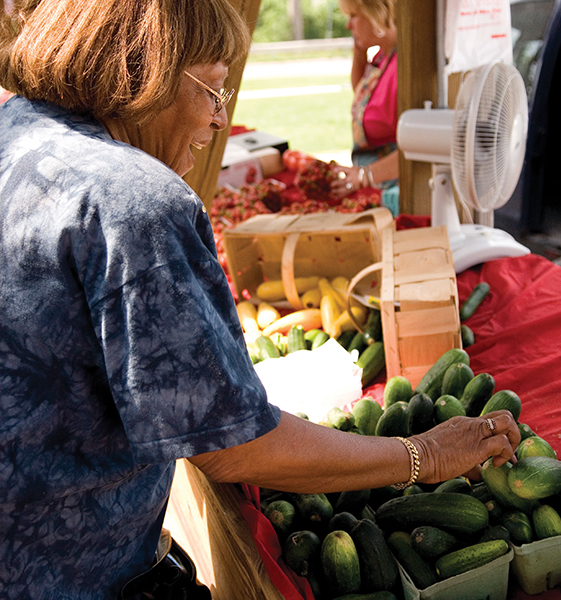
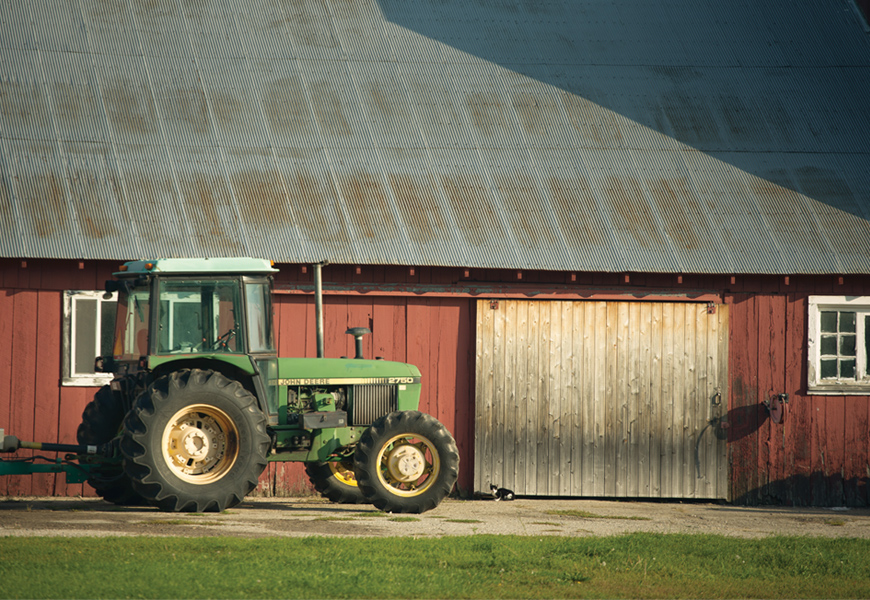
How much farmland is being lost?
Michigan dropped below 10 million acres of farmland for the first time between 2007 and 2012. The decline totaled 83,243 acres, or the equivalent of nearly 2 acres per hour. During that same period, the number of farms decreased from 56,014 to 52,194. People have historically settled close to the most valuable and productive soils, so competition for agricultural land near cities remains especially high.
WHERE ARE THE FARMERS?
Farming is facing a double-edged sword: an aging population of farmers combined with a shift away from the tradition of passing on land to children or heirs. Nationally, two thirds of all farmland will need a new farmer over the next 25 years.
This means a new generation looking to farming as a career must face the obstacle of finding affordable farmland.
In northern Michigan 83,000 acres of farmland is expected to change hands within the next ten years, yet finding and affording farmland is one of the most pervasive and persistent challenges for entering farmers throughout northern Michigan.
68% of farmers ranked land access as the biggest challenge.
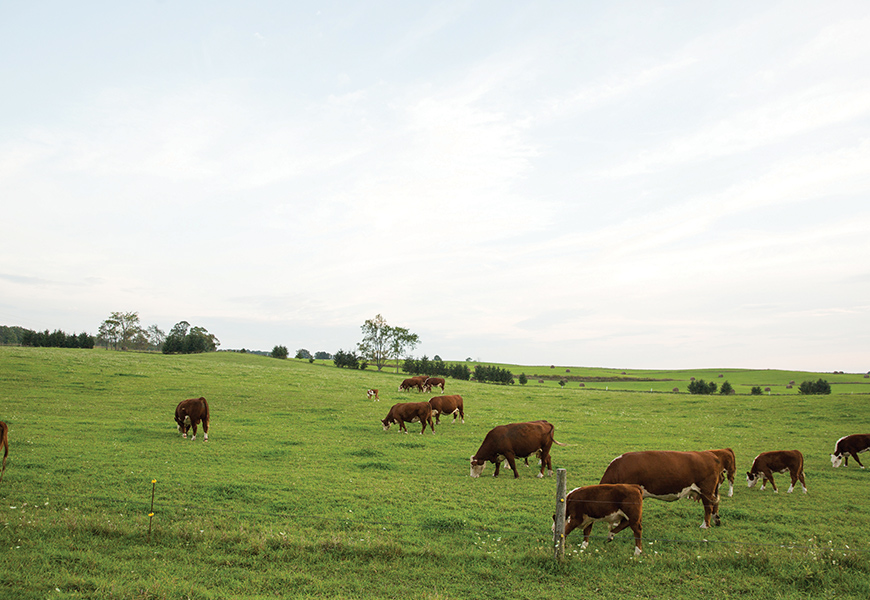
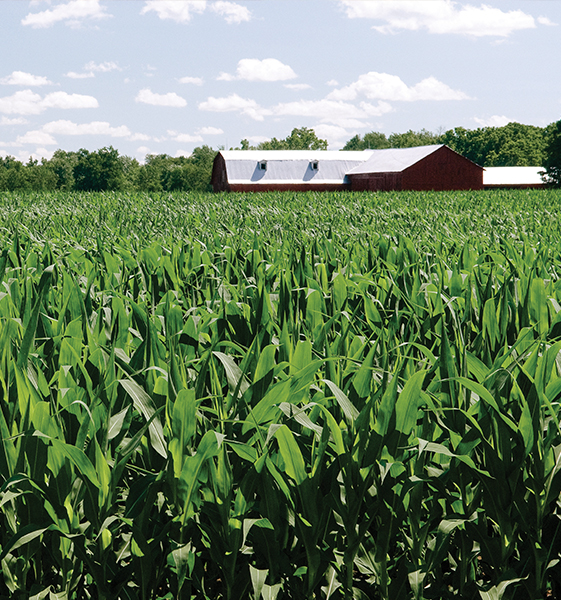
Can Michigan Afford to Lose Farmland?
As Michigan’s second largest industry, agriculture employs nearly 1 million people, about 22 percent of the state’s overall employment. Great soils, plentiful water, and a climate enhanced by the Great Lakes contribute to agricultural diversity impossible to duplicate elsewhere. Michigan ranks #1 nationally in the production of more than 10 of its 200+ commodities.
HOW does land PRESERVATION HELP?
To combat the erosion of farms, farmland preservation:
- Stabilizes large blocks of farmland from fragmentation and provide certainty to agricultural businesses.
- Enables farmland succession to the next generation of farmers.
- Unlocks equity held in farmland through the sale of development rights to purchase of development (PDR) programs, allowing farmers to expand and reinvest in local agriculture.
Investing in the protection of farms and supporting generational land transfers will help ensure that agricultural remains a significant driver of rural economic development in Michigan, while maintaining the storied heritage of our communities.
The food and agriculture industry contributes 101.2 billion to the Michigan economy.
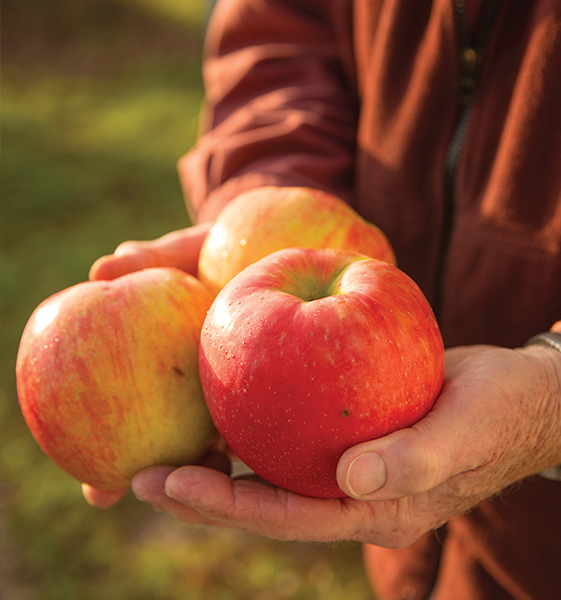

STATE SUPPORT IS NEEDED
The state’s signature program, the Michigan Farmland and Open Space Preservation Program, needs sufficient funds for a vital suite of services that directly contribute to a stable farmland base. Nearly 33% of all Michigan farmland is under the Farmland Development Rights Agreements component of the program, requiring sufficient staffing to maintain, if not expand enrollment. 117 conservation easements donated to the state permanently protect 24,115 acres, but that is just a small fraction of current farms. Money is needed for grants to local governments for purchase of development rights programs.
A robust Farmland and Open Space Preservation Program will help stabilize farmland loss, protect working land for working farmers, and support the viability and heritage of Michigan’s rural communities.
Demand for the program is high—over 600 applications are received annually for Farmland Development Rights Agreements.
Solutions
Farmland preservation is a prime example of how Michigan can stem the tide of farm loss. To establish a vibrant long-term business environment for agriculture and to lower the barriers for beginning farmers, Michigan needs to:
- Dedicate funding for the state’s Farmland and Open Space Preservation program to support all its services, including grants to local purchase of development rights programs.
- Fully staff the Farmland and Open Space Preservation program to support and encourage a high rate of participation in Farmland Development Rights (PA 116) Agreements.
- Ensure that public funding for the purchase of agricultural conservation easements be directed towards easements that keep farms owned by working farmers and in production.
- Make public funding available to land conservancies that carry out the work of farmland preservation in collaboration with local, state and federal programs.
- Adopt incentives to encourage landowners to transfer land to new and beginning farmers.
35% of Michigan farmers anticipate retiring within 10 years.
